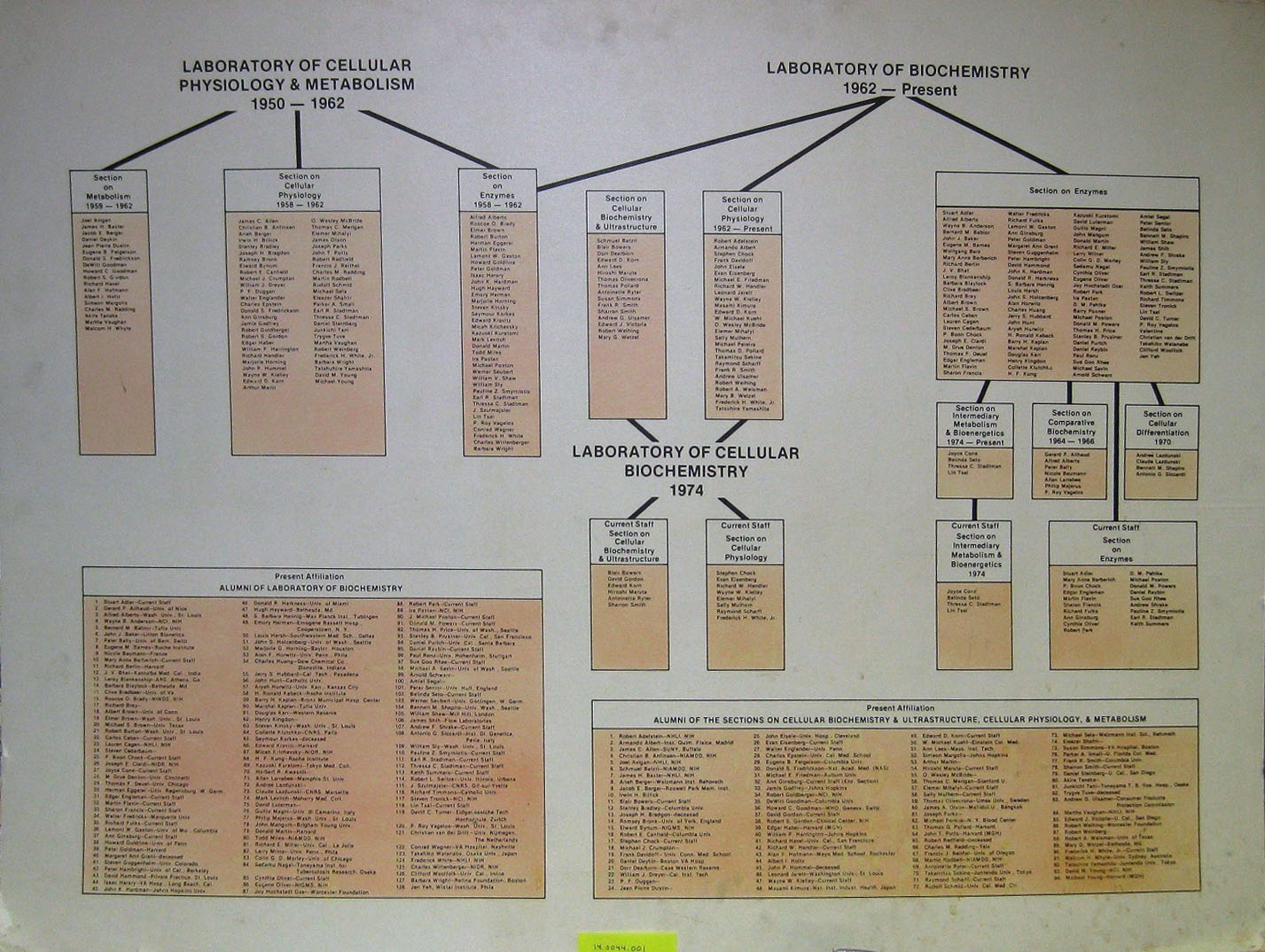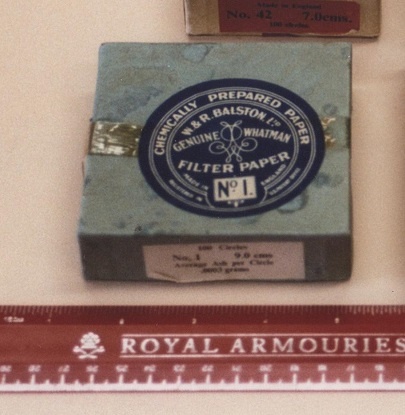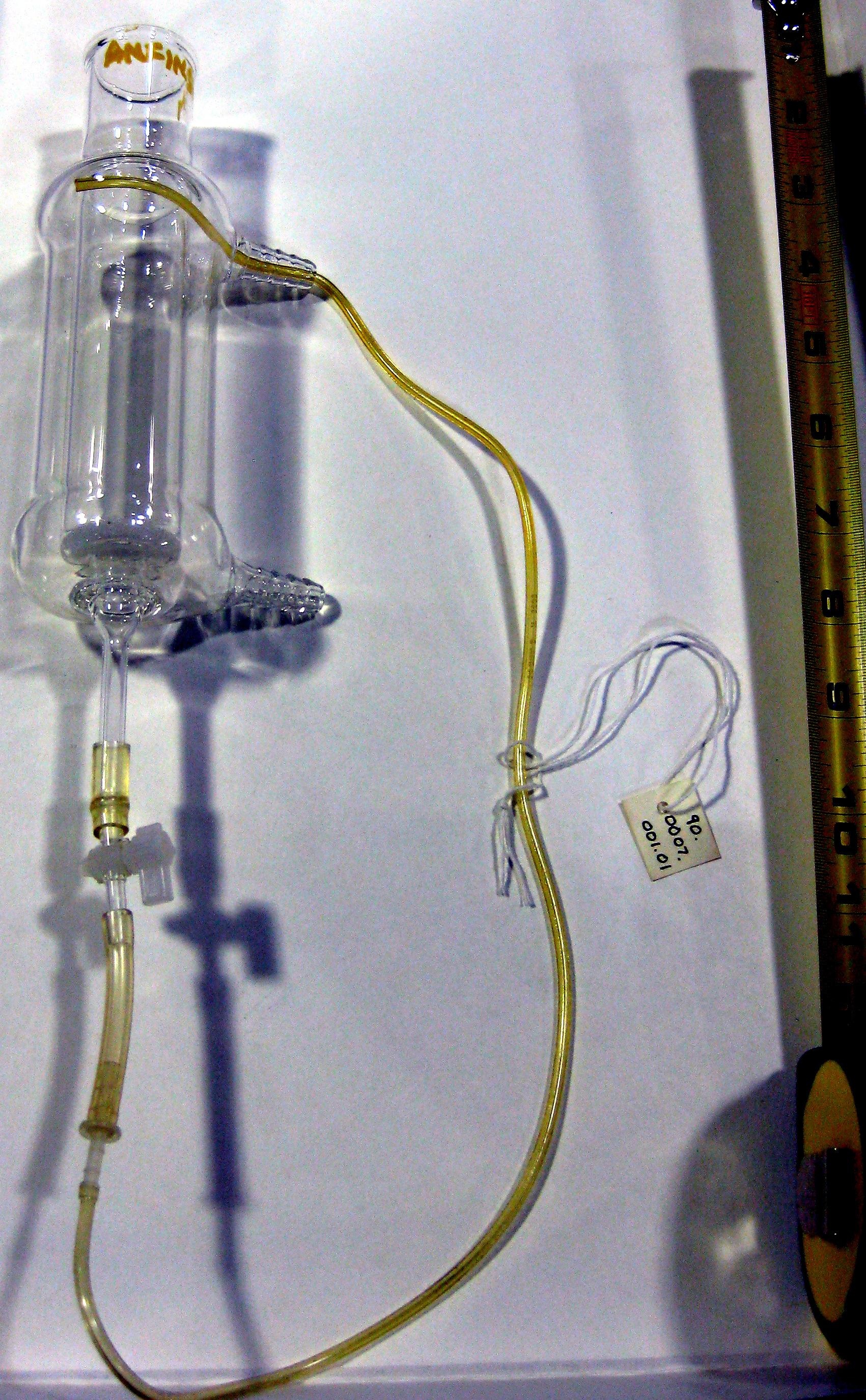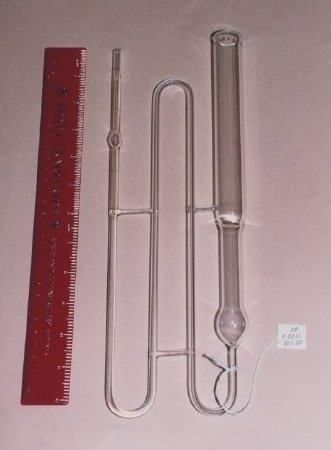...
| Dive | ||||||||||||||||
|---|---|---|---|---|---|---|---|---|---|---|---|---|---|---|---|---|
| ||||||||||||||||
|
...
W. & R. Balston Ltd. Genuine Whatman Filter Paper, No. 1, c. 1955
Donated by Dr. Lin Tsai, Accession 01.0006.008
| Dive | |||||||||||||
|---|---|---|---|---|---|---|---|---|---|---|---|---|---|
| |||||||||||||
|
...
Solid phase peptide synthesizer, c. 1970
Donated by Dr. Christian Anfinsen, Accession 90.0007.001
| Dive | |||||||||||||
|---|---|---|---|---|---|---|---|---|---|---|---|---|---|
| |||||||||||||
|
...
|
NIH Glassblowers Capillary Viscometer, 1970
Accession: 00.0011.001
Donated by Dr. Waldo R. Fisher
| Dive | ||||||||||||||||
|---|---|---|---|---|---|---|---|---|---|---|---|---|---|---|---|---|
| ||||||||||||||||
|





